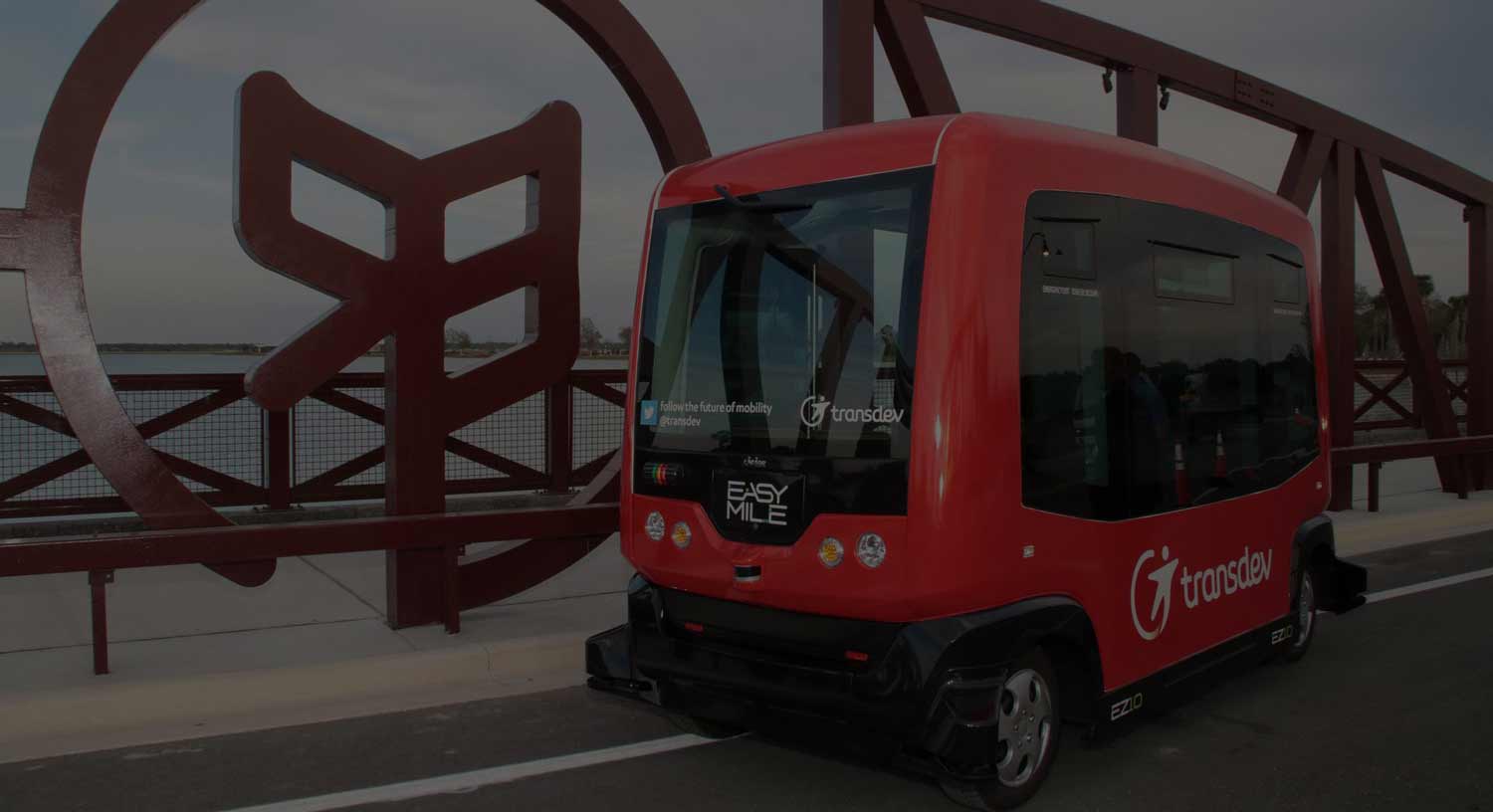Driverless cars – the new trend in technology. Read any tech article or publication and you’re sure to find something about driverless technology (or as you may also know it, autonomous vehicles).
Babcock Ranch is all about innovativeness and finding better, faster, and simpler ways of doing things. A majority of this is exploring new technologies to help us accomplish every day tasks. That’s why we’re using solar panels to power all of Babcock Ranch. After all, we are in the Sunshine State and it only makes sense to make use of our biggest resource – the sun. We found a better, faster, and easier way to power our town and now, we’re looking to better, faster, and easier ways for our residents to travel.
Babcock Ranch will be designed for residents and guests to walk and bike with ease to anywhere in Babcock, but we know that might not be feasible all the time. This is why we’re looking into driverless cars at Babcock and we want to break down the facts about this new trend for you in this blog post.
How Do Driverless Cars Work?
The idea of a driverless car can sound both awesome and terrifying. If you think about the repercussions of a driverless vehicle industry, it stems way beyond the automobile industry itself – but we’ll get to that later.
Driverless cars now may seem like a similar concept as the hover boards we saw in the old Back to the Future movies. However, they’re a lot closer than you think. Driverless cars are made up of 3 major components, which aren’t alarmingly out of reach.
- A GPS system
- A system to recognize dynamic environments on the road
- A way to turn information from the above 2 systems into action on the road
Those may be the 3 major components, but as you can guess, major research and testing goes into these components and will continue to do so.
The GPS component works just as your normal GPS works now. Additionally, companies such as Ford and Tesla are building these vehicles to include cameras and radar that can detect all the things happening around you, such as other cars, pedestrians, even something as small as a plastic bag rolling down the road.
Google’s Self-Driving Car Project
If you get a chance, we strongly encourage you to check out the Google Self-Driving Car Project. Google started their Self-Driving Car Project in 2009 and have begun to introduce it to testers outside of the Google Team. According to a volunteer:
“There’s nothing that makes you feel the least bit threatened.”
Another volunteer explains how she can use the time she used to spend driving and paying attention to cars to now spend time talking to her kids. It’s simple moments like these that innovation can help improve – and is at the core of what we’re trying to accomplish at Babcock.
How Driverless Cars Will Help Shape Babcock Ranch
Continuing on that thought, Babcock Ranch will welcome driverless cars with open arms to help improve our residents’ overall quality of life. When you think of driverless cars on the road, the effects stem well beyond the roads themselves. As a simple example, with driverless cars, roads can be designed in a different way. Jennifer Keesmaat, the Chief Planner for the City of Toronto explains it extremely well.
“We can design roads in a fundamentally different way,” Keesmaat explains. She then gives the example of creating narrower roads due to smaller vehicles and expanding public space, such as street side cafes and restaurants.
It’s also been claimed that driverless cars will mean less accidents on the road, which then brings questions about healthcare to light. Will we need as many doctors, EMTs, etc.? That might be further down the road, but when you consider the amount of car accidents on the road today, this ripple effect could be major.
We love the idea of driverless technology and can’t wait to open our roads to autonomous vehicles in the future! And we’re asking for your help to do that!
Request for Interest: Help us Bring Driverless Cars to Babcock Ranch
We believe the best way to develop smart cities is to start with smart communities where developers and early adopters can test new technology and provide valuable customer feedback to guide future development and expansion. We want to be a living-learning laboratory for new technology, including the new driverless car technology.
As an early adopter of environmentally conscious technology, we plan to introduce automated vehicles for use by our first-phase residents and business in 2017. The grand plan is to have 40 vehicles operating in 2017 and ramping up to 400 vehicles by 2021.
To accomplish this, we’re asking for help from qualified third parties to be Strategic Partners for K&P that are interested in developing automated mobility solutions for our future residents and businesses.
To learn more, contact us today and in the message, mention that you’d like to connect with Natalee Burns.
What are your thoughts on driverless cars? We encourage you to share them in the comments!

